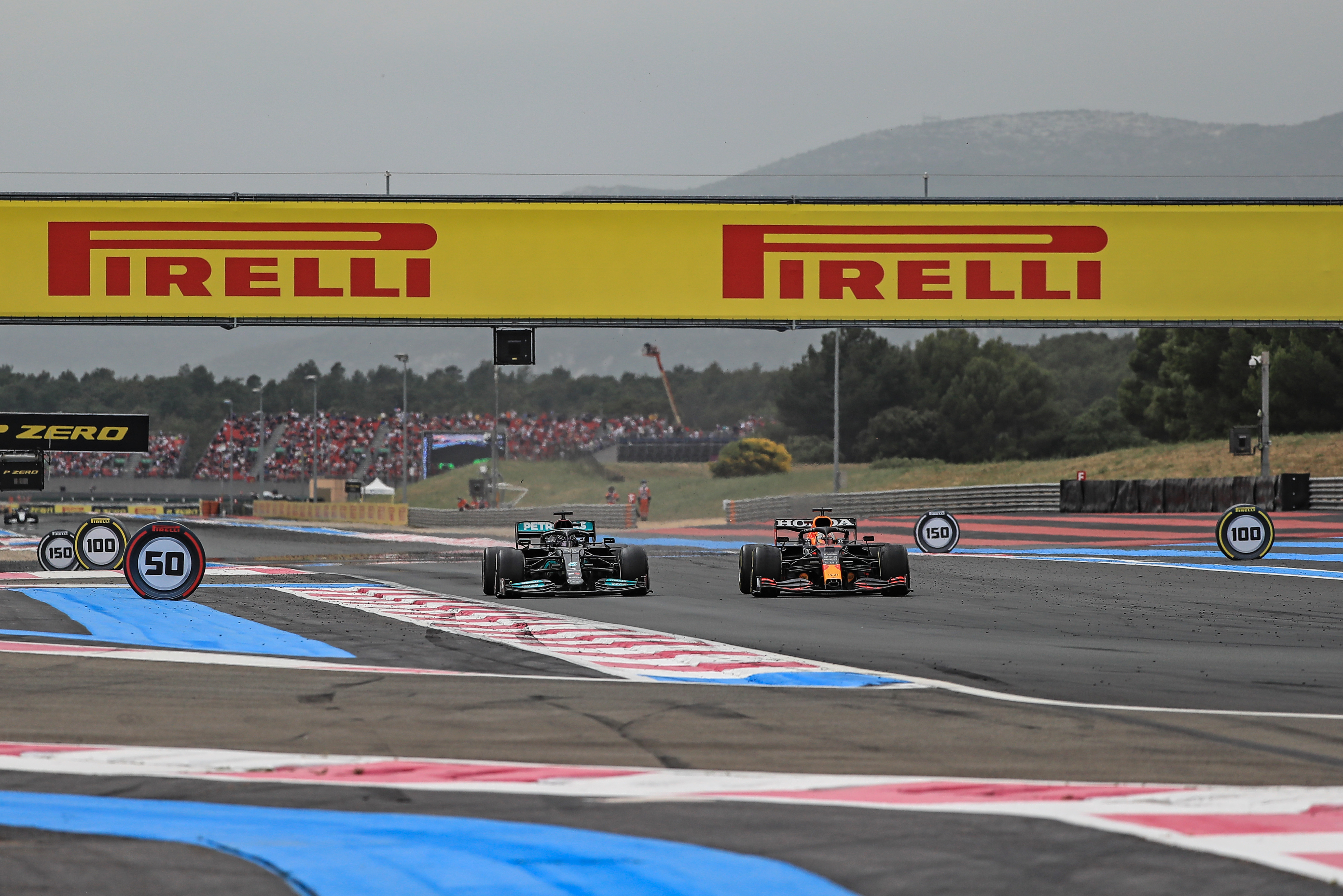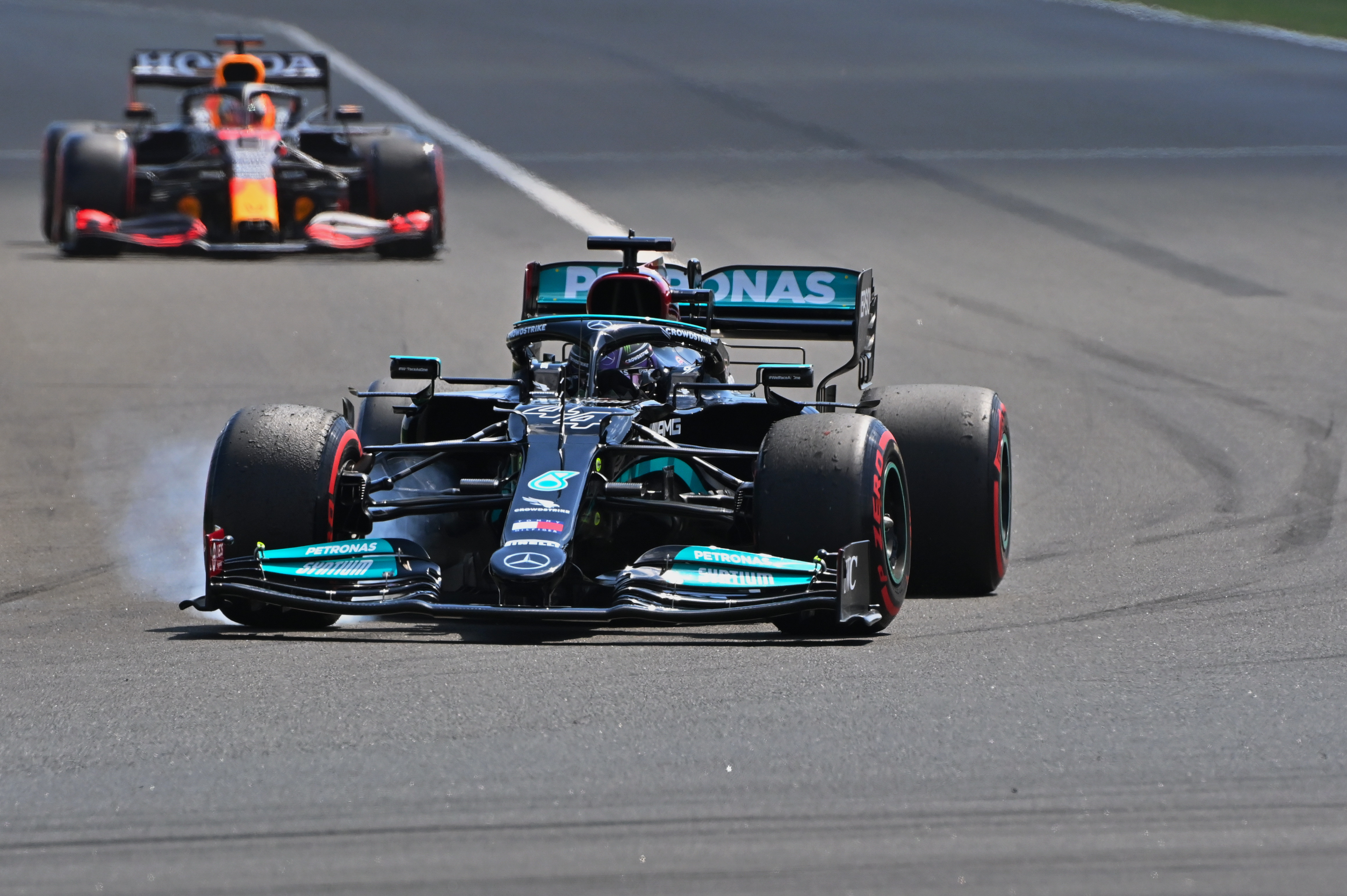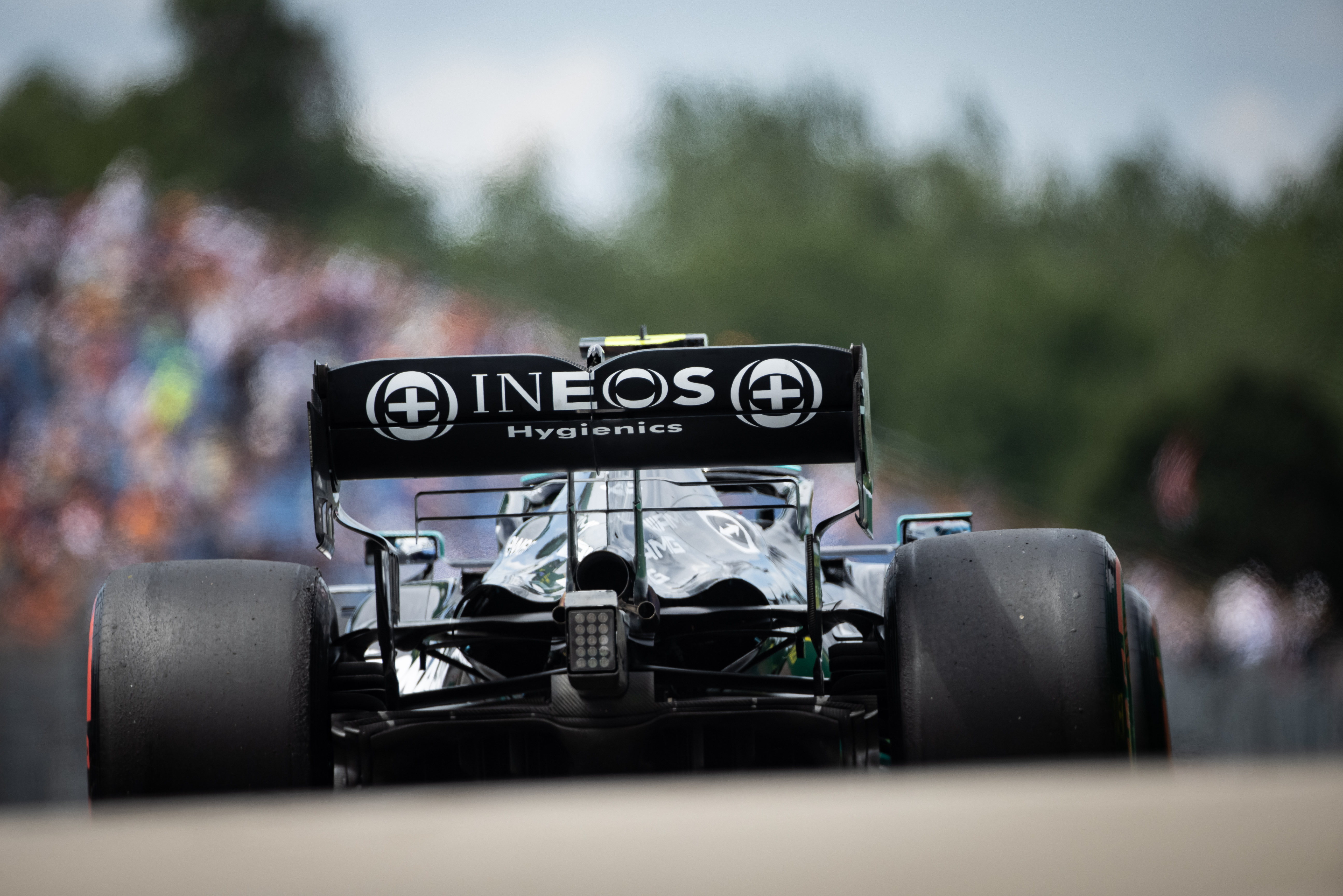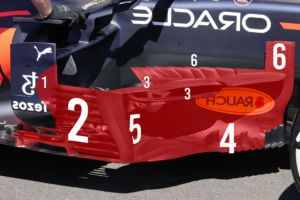Up Next

The straightline speeds of Formula 1 title rivals Mercedes and Red Bull prior to the summer break have triggered fresh speculation about why the advantage in this battleground keeps changing.
As the 2021 season progressed Red Bull seemed to establish a straightline speed edge over Mercedes but this has been reversed in the two most recent grands prix in Britain and Hungary.
Red Bull’s engine partner Honda made great strides with an all-new, rapidly-developed combustion engine for 2021, while Mercedes had its own innovations inside its V6 but admitted it started the season with weaknesses to solve in its energy recovery systems.
A shift in the engine pecking order isn’t the full story, though. The whole issue is complicated by the differing optimum downforce settings for two very different concept cars at different tracks.
But suspicions arose from Honda’s rivals in two stages – the first being how the Red Bull was faster on the straights than the Mercedes at both Paul Ricard and the two Austria races and how this coincided with the introduction of fresh Honda power units.

The second apparently anomalous development was how this advantage disappeared at Silverstone and the Hungaroring.
GPS traces provided by the FIA allow teams to make quite highly informed estimates of the power outputs of their rivals but, as ever, they are estimates precisely because the speeds are influenced also by drag levels. The higher the downforce, the greater the associated drag.
After the French GP, suggestions were made of a Honda power step with its second power unit. Red Bull and Honda were adamant the straightline speed gains from that race were purely a result of rear wing levels.
Red Bull used a smaller rear wing in France and Austria and both parties were angered at the suggestion Honda had increased performance with its second engine – something not allowed in-season anymore.
Honda did change the specification of its engine but this was a reliability change approved by the FIA and permitted without any pushback from rivals.
Proof of this specification change can be found in Max Verstappen using a new power unit in Hungary when a crack was found in his previous one after qualifying.
Ideally, Honda would have saved the fresh power unit for a power-sensitive track. But it couldn’t go back to the engine Verstappen started the season with because it was of a different specification – which would have triggered a grid penalty, given it was being changed in parc ferme.
Though this has been interpreted by some, including apparently some senior personnel at Mercedes, as proof of the change that gave Honda’s engine more power from the French GP, all it really does is prove that the specification was changed. It proves nothing about what that achieved.
Honda has insisted resolutely that the specification change in France did not alter the engine’s power output, and that it had not changed the way it operated the power unit either – scoffing at a rumour it was running the engine at a lower power mode before the reliability fix was implemented.

But the straightline speed swing towards Mercedes at the last couple of races, despite no apparent changes on the Mercedes side and a high-downforce set-up in Hungary, has now prompted suggestions, initially in Germany and linked to Mercedes, that Honda has been pulled back in some way.
That belief was reinforced by the consequences of Red Bull’s switch to a smaller rear wing in Hungary. It was a change driven by car characteristics as Red Bull was struggling to dial out understeer and had to resort to reducing the rear downforce. Taking a smaller rear wing at a high-downforce track was “odd”, said Mercedes, and reducing the drag only drew the two cars level on straightline speed.
It could be inferred from this that something else was interfering with the competitive picture. But Honda flat out rejects the suggestion that any fresh variable came from its side.
Honda has told The Race that it has received no directive or private instruction to alter anything about how it operates its engine. Furthermore, it reiterates that its engine’s power has not changed since the start of the season.
If Honda has not run its engine any differently or more conservatively in the last two events then it has played no part in why Red Bull’s straightline speed edge appears to have faded.

According to reports in Germany, Red Bull points the finger at Mercedes and its innovative plenum redesign for 2021.
But that development – theoretically housing a chamber of super-cold air that can be used in the combustion process for quick bursts of extra power – has been openly speculated over since the start of the year, so Mercedes is clearly not concerned it can be accused of operating in any kind of regulatory grey area. Meanwhile any suggestion of Honda doing that has drawn Red Bull’s ire.
It hints at both sides not quite understanding something about the other’s engine package, which combined with the complex nature of how each aerodynamic platform reacts on-track makes for an inconsistent pattern.
Given the Honda and Mercedes power units are closely matched with different strengths and weaknesses, and the Red Bull and Mercedes cars have different aerodynamic platforms that have different downforce and drag characteristics, it does not seem extraordinary to think that the straightline speed advantage could shift track-to-track depending on the exact nature of the circuit and the car set-up.
That, with a dash of second-guessing and risk of paranoia that comes in such a tight title fight, could easily lead to wrong conclusions about what the other is doing.
Whatever the cause, the issue is far from settled. And with two power-sensitive tracks coming at Spa and Monza, it will likely continue after the break.





